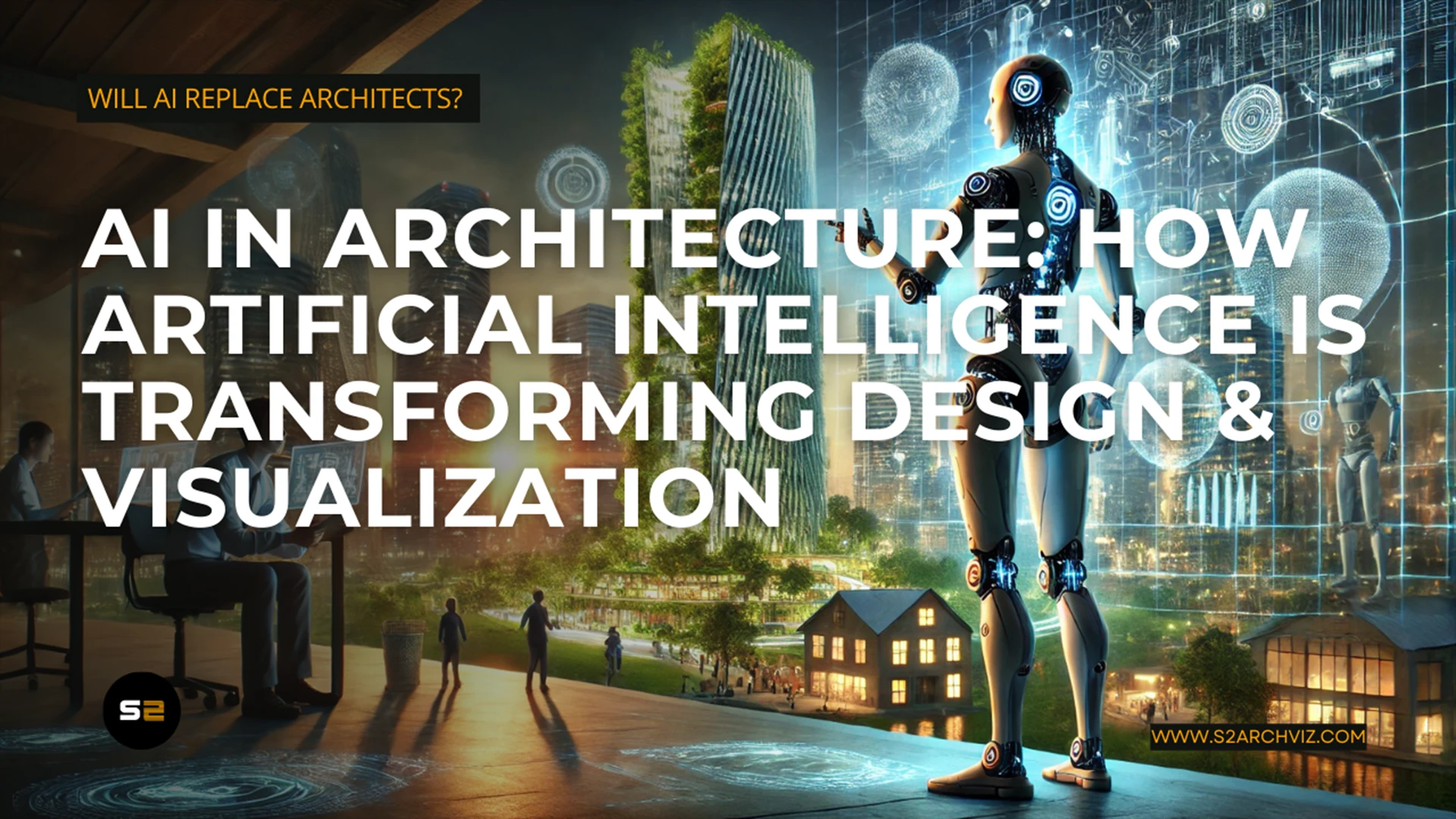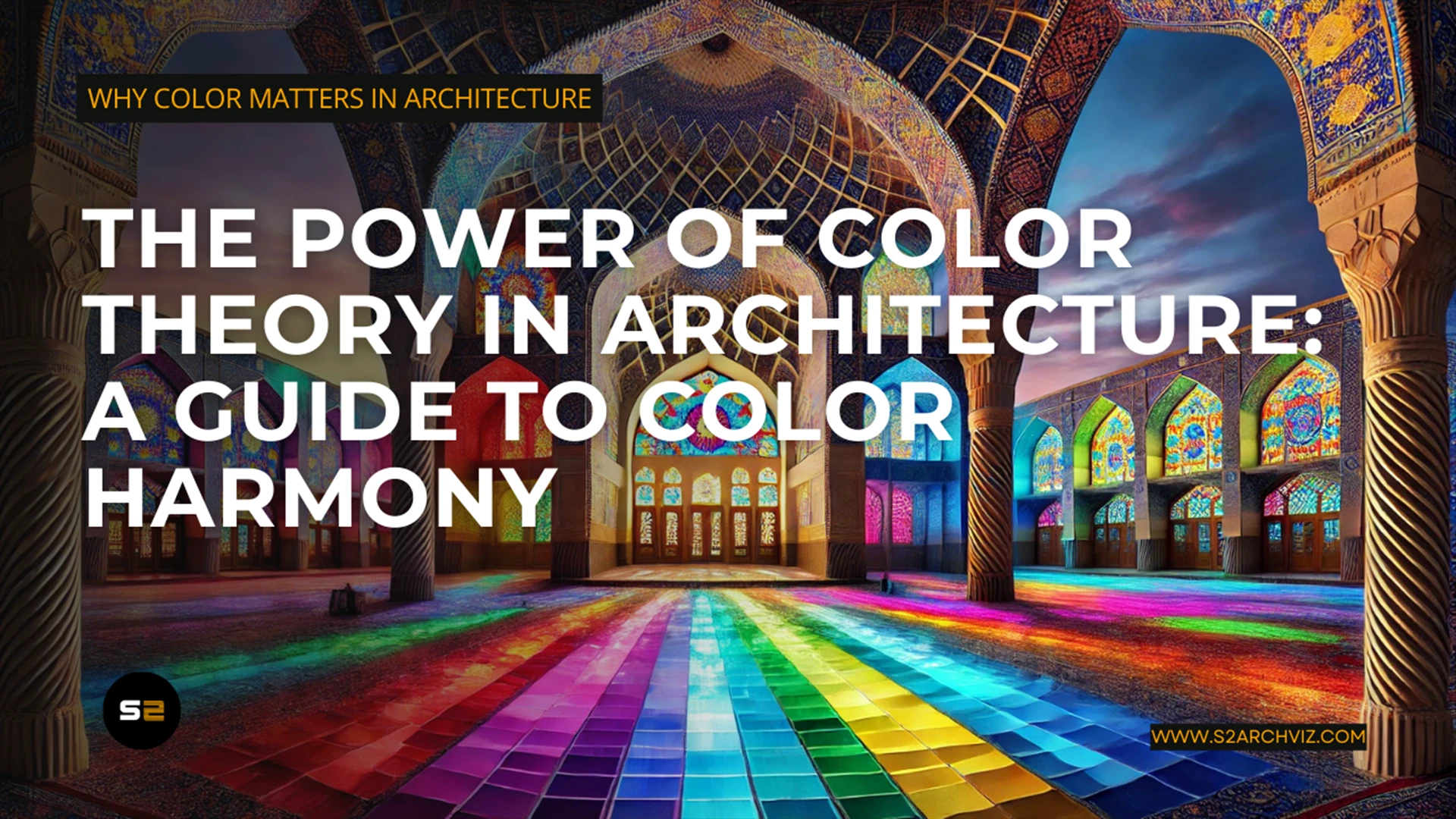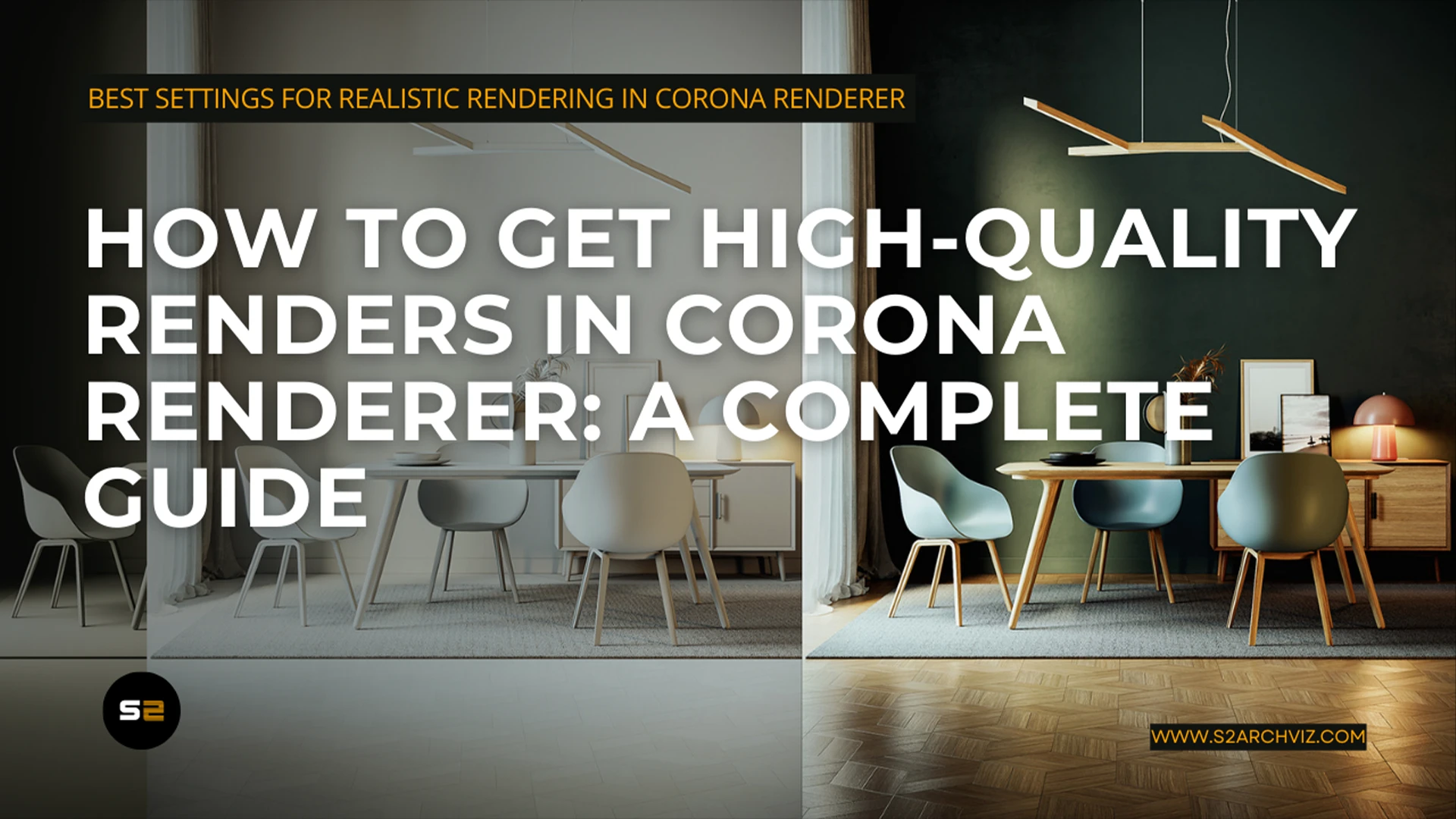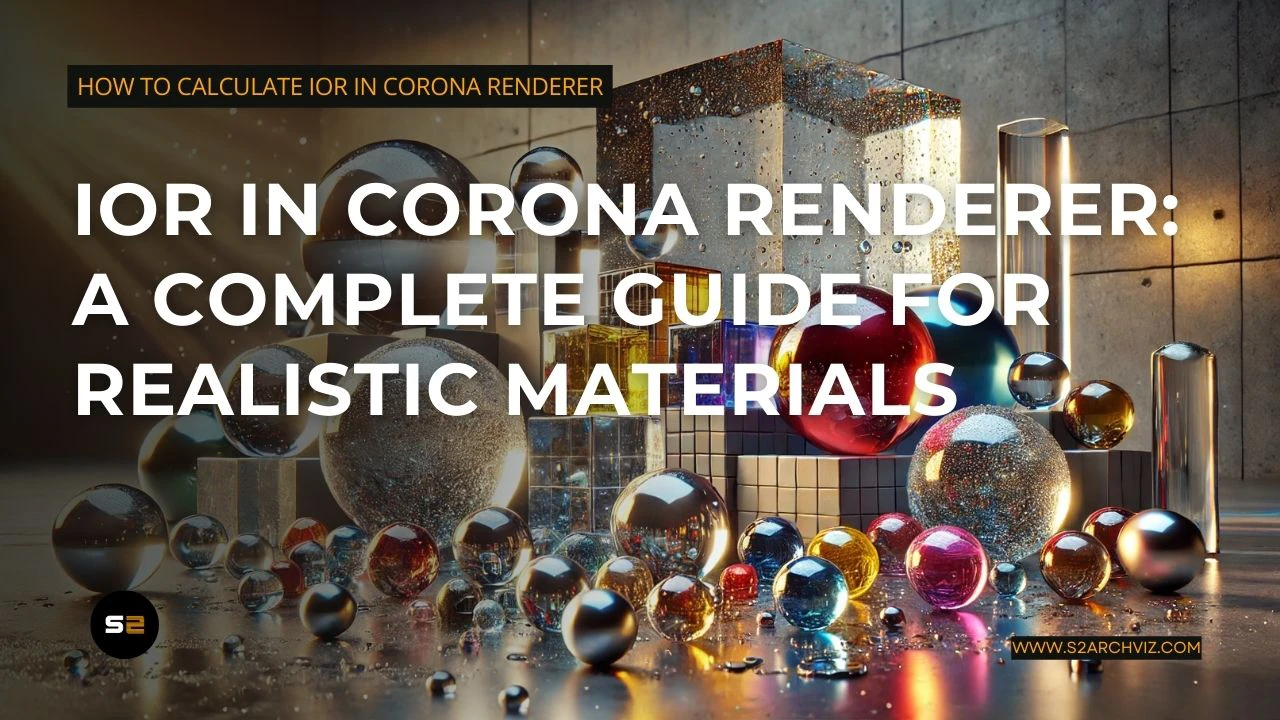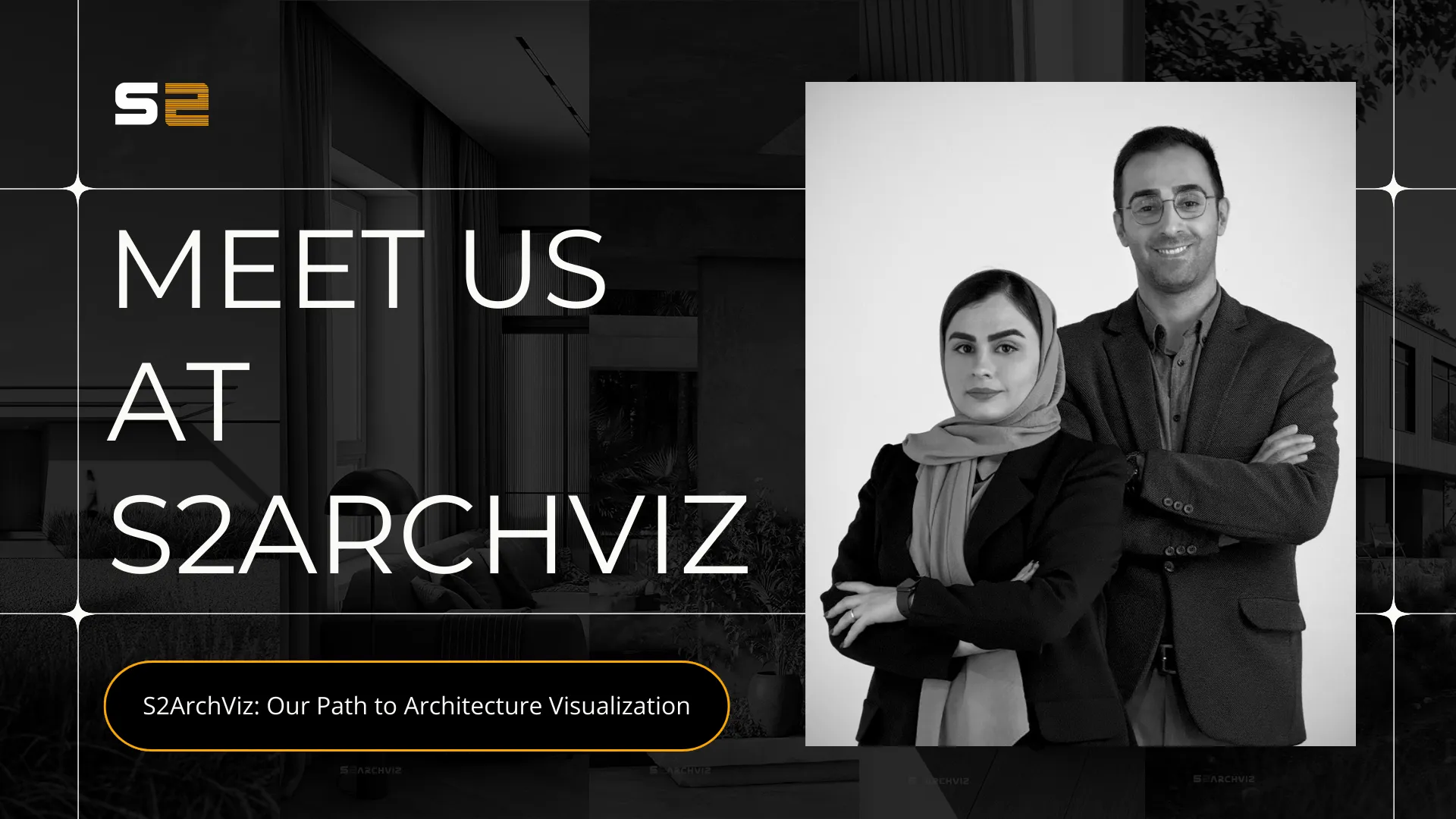
V-Ray vs Corona Renderer: Which Is Better for Architectural Visualization?
This article presents a comprehensive comparison of V-Ray vs Corona Renderer for architectural visualization, focusing on key factors like rendering quality, performance, ease of use, material handling, and pricing. It offers an unbiased breakdown tailored for both beginners and professionals, backed by user feedback, real-world render comparisons, and a detailed technical table. The article also explores when to use each engine—or both—in a studio workflow, and answers common FAQs. Whether you’re optimizing your rendering pipeline or choosing a new engine, this guide helps you make an informed decision.
